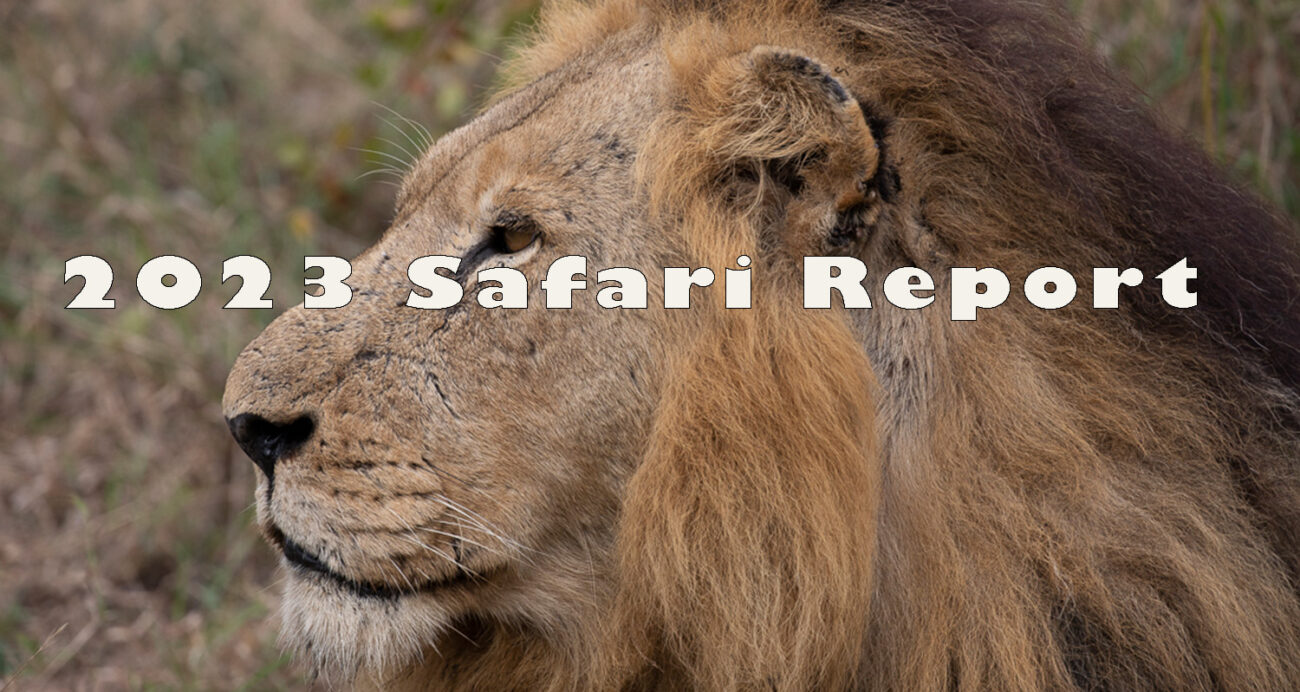
Our May and September safaris in 2023 were exceptionally full of wildlife and brought a few pleasant surprises and unusual sighting. Our guests were happy with the close encounters with leopards, lions, and elephants and the wonderful drivers, guides, and people we met along the way
Please read on to see images from all 4 safari groups and my recounting of a few highlights
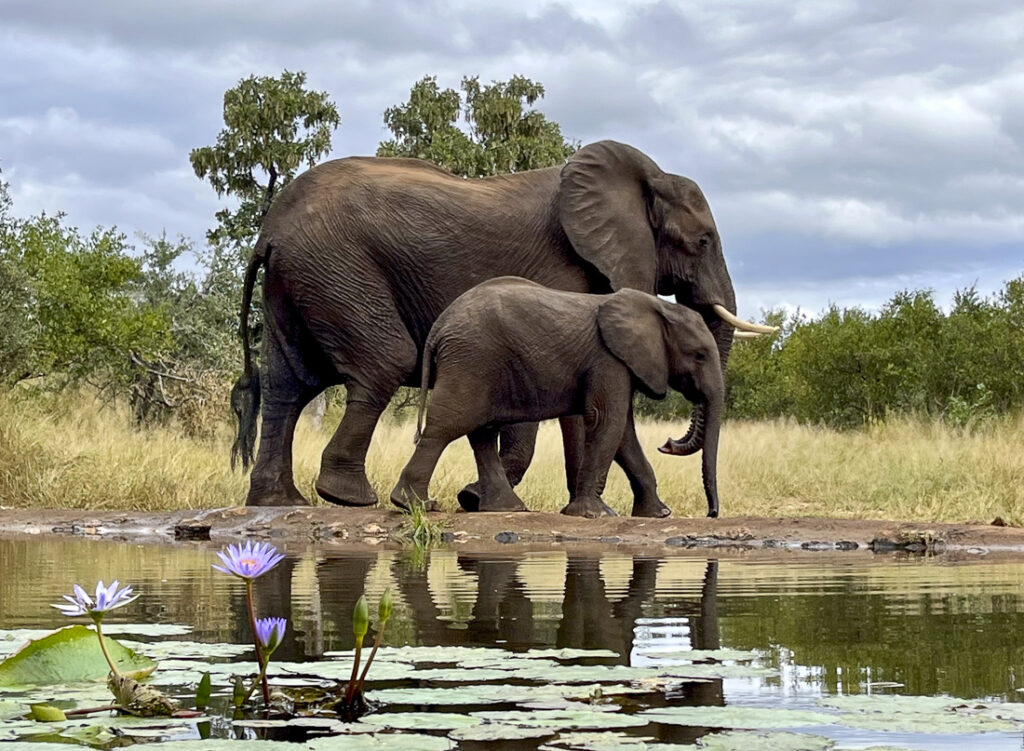
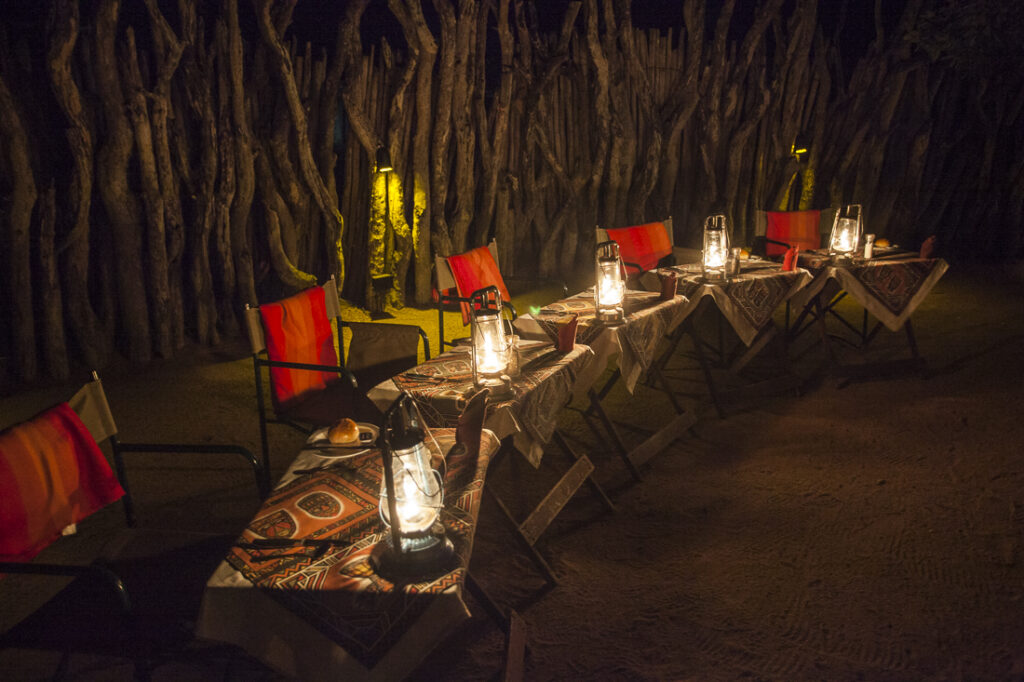
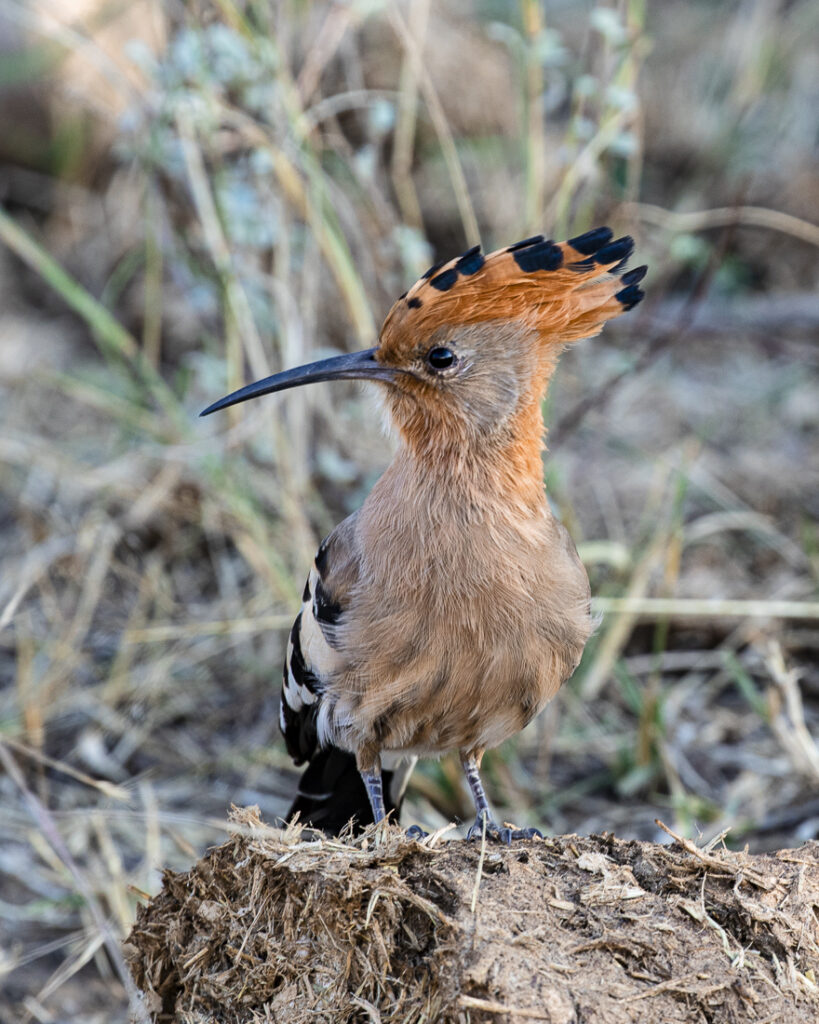
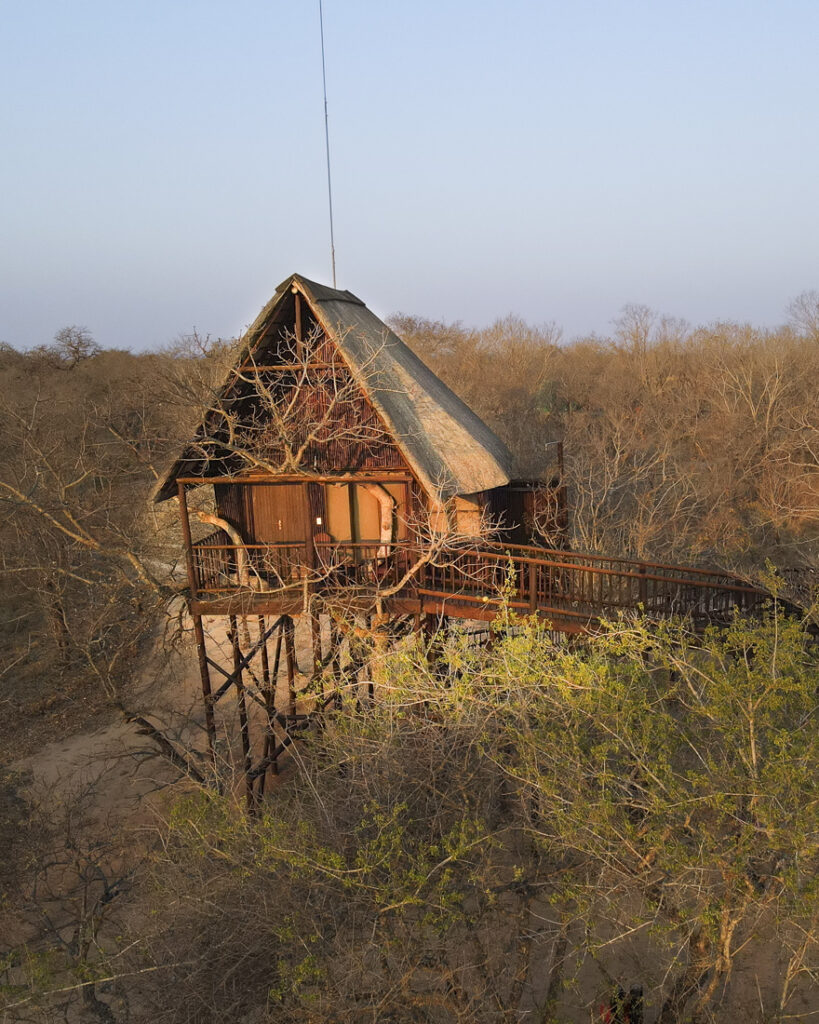



May is autumn in South Africa and follows the rainy season. Our bushveld had ample rains and the grass and trees had grown thick. The greenery was beginning to die down by the time of our safaris and the animals were all very well fed. Animals had no food stress and were easy to find in numbers and provided us with many great encounters with common, rare, and desired species from our three different lodges and reserves.
By my return in September the bush had become very dry and the ample grass from the rainy season was now a bush fire hazard. This prompted some controlled burns in the area a few wild fires. The animals were seeking water often and you could see the lift in their energy after the smallest of rains started the regrowth of grass and leaves.
Both season are wonderful for safaris due to the mild weather and temperatures and lack of rain and bugs. Each has its own creative feature to add: September is a sepia / mono chromatic color scheme with the pale yellow grass, contrasting bright blue skies, and dusk fueled intense sunsets. Fall has the pop of color from a few colored foliage, mating season maneuvering of different species, and rivers full of water.
Charismatic Leopards in Sabi Sands

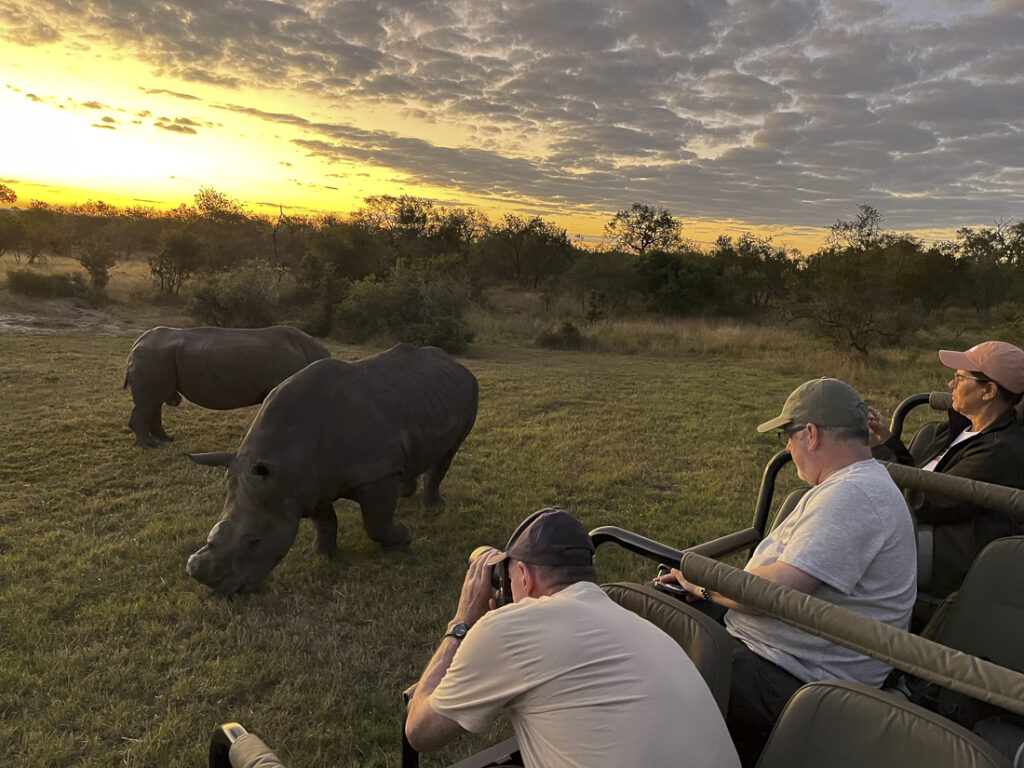

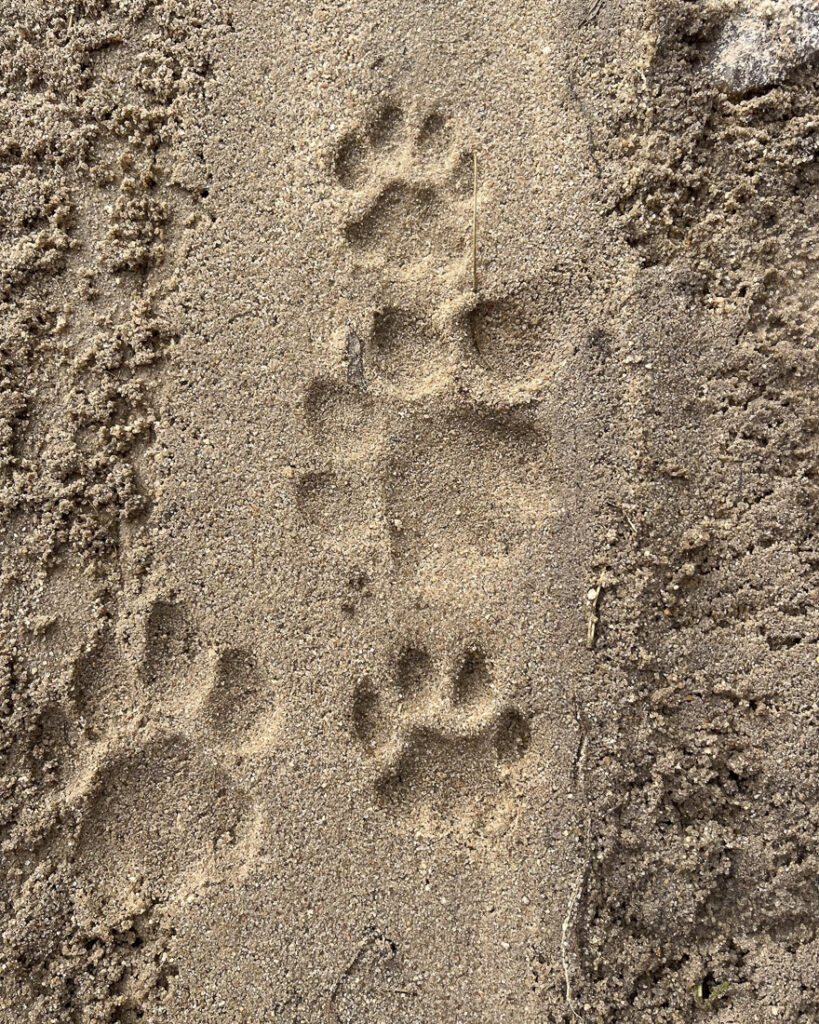
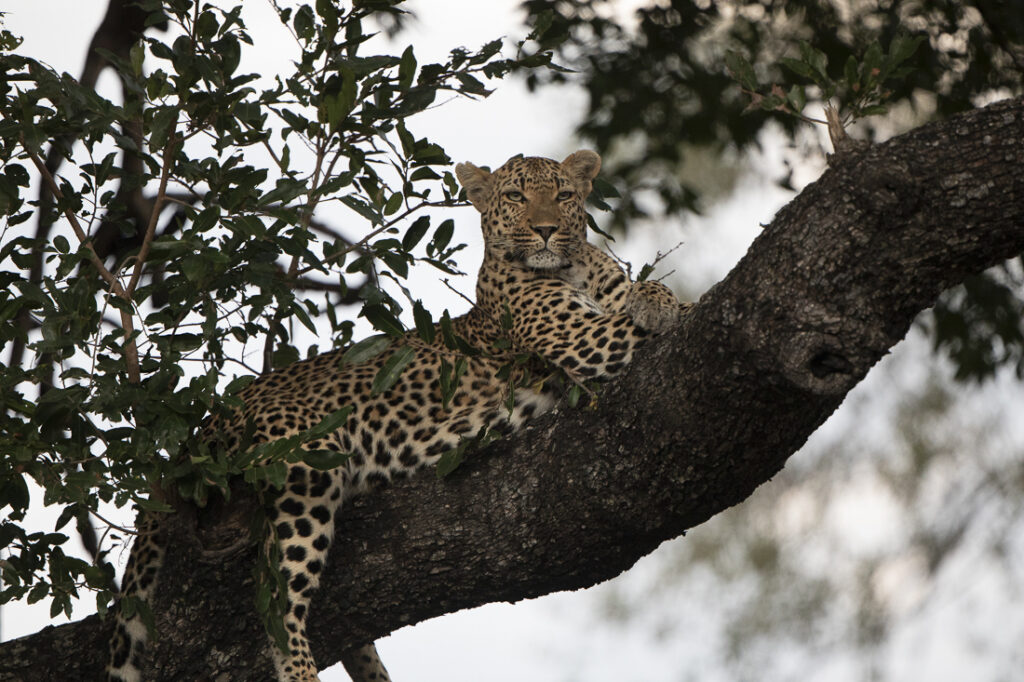
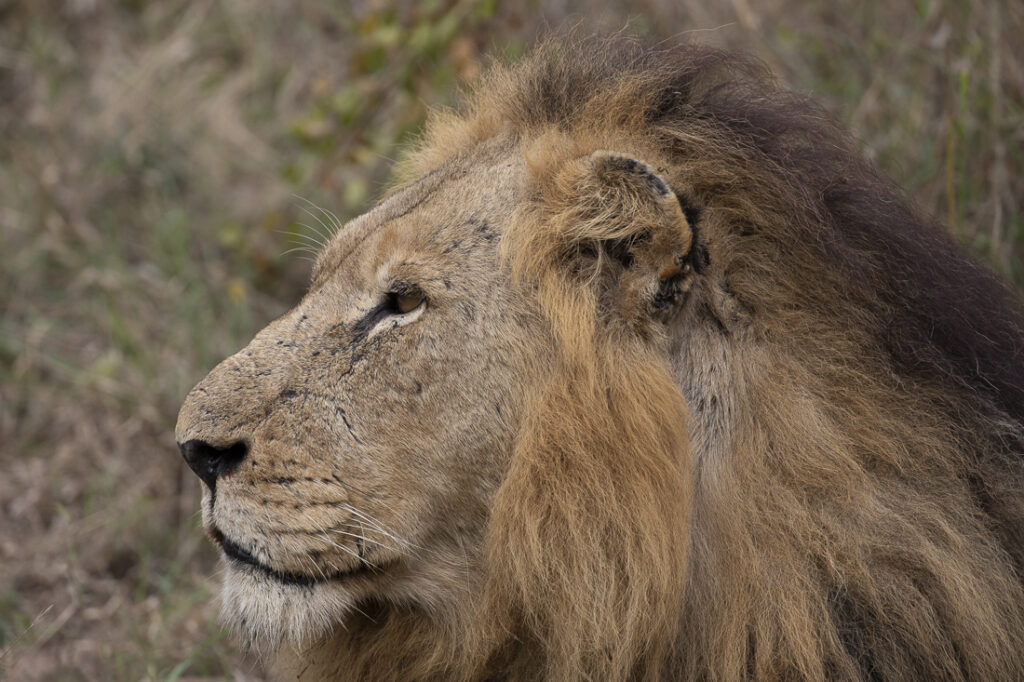
We include a 3 night stay in Sabi Sands as part of our itinerary on their reputation excellent territory for leopards with rivers and big trees for lounging and hiding their kills. Many great lodges populate this very old private reserve with open borders to Kruger Park The rangers know each leopard intimately. Following the bloodlines and the territory battles is their passion and we get to take participate and learn the stories. Sabi Reserve also has prides of lions who come and go and right now it is a period of a large population with several prides in residence.
Our mornings find us sitting below an old termite mound with a resting leopard getting sun and resting from the night’s adventures. An evening drive brings us to trees with the remains of a kill hung up in the branches. The leopard sits at the bottom to guard the food or lounges with legs dangling down from a favorite branch. This time we had moments with a mother leopard and cub. It was a delight to see the cub following its mother and learning all the tricks and skills while still having outbursts of childish play. The open borders to Kruger park mean any species can wander through and this time we were lucky enough to be in the company of three white rhinos. Poaching still is at a horrific pace, but these adults were dehorned as a hopeful deterrent from attacks.
Our own photography blind

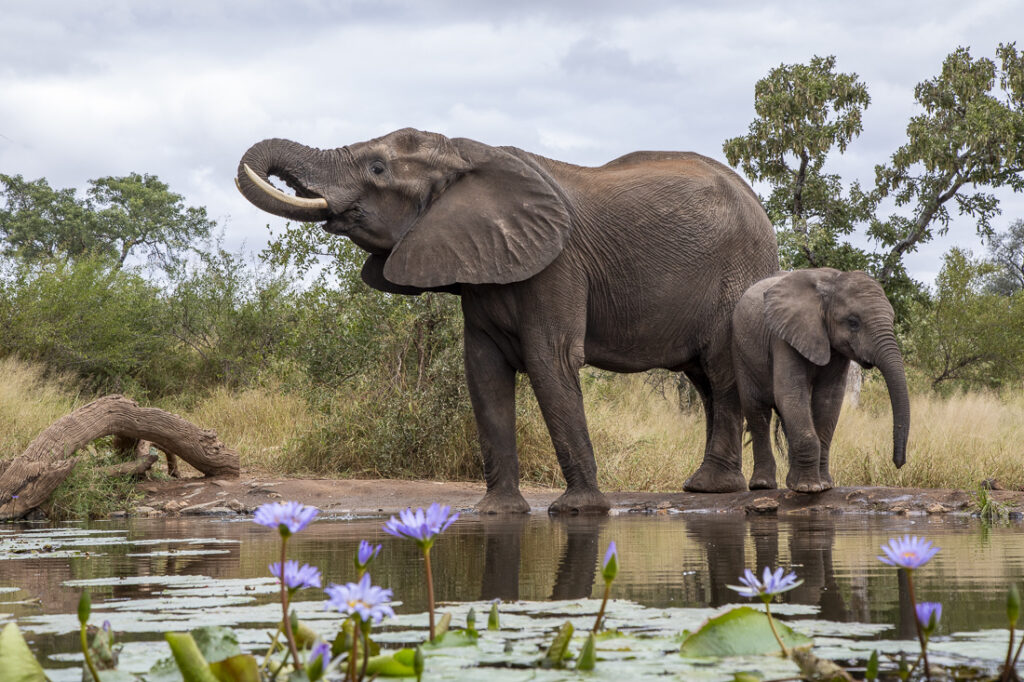
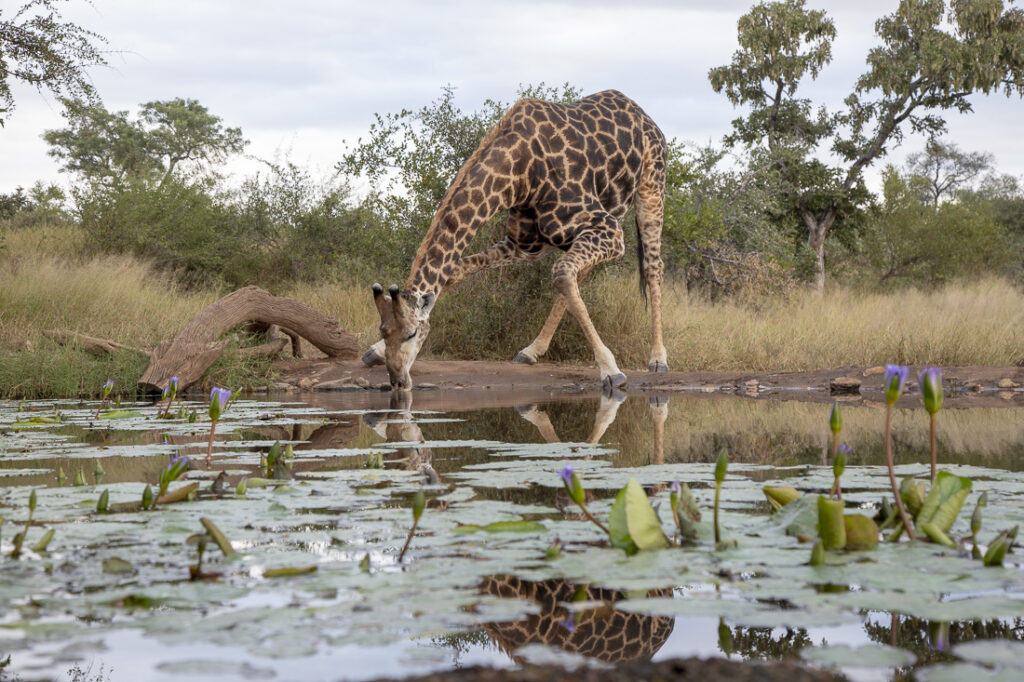
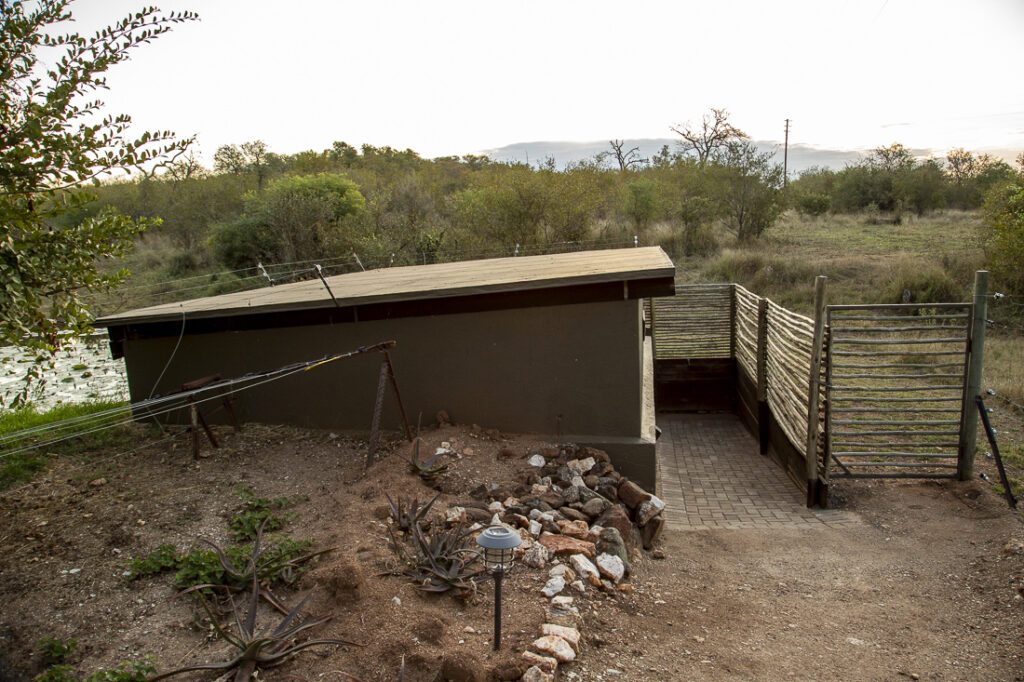
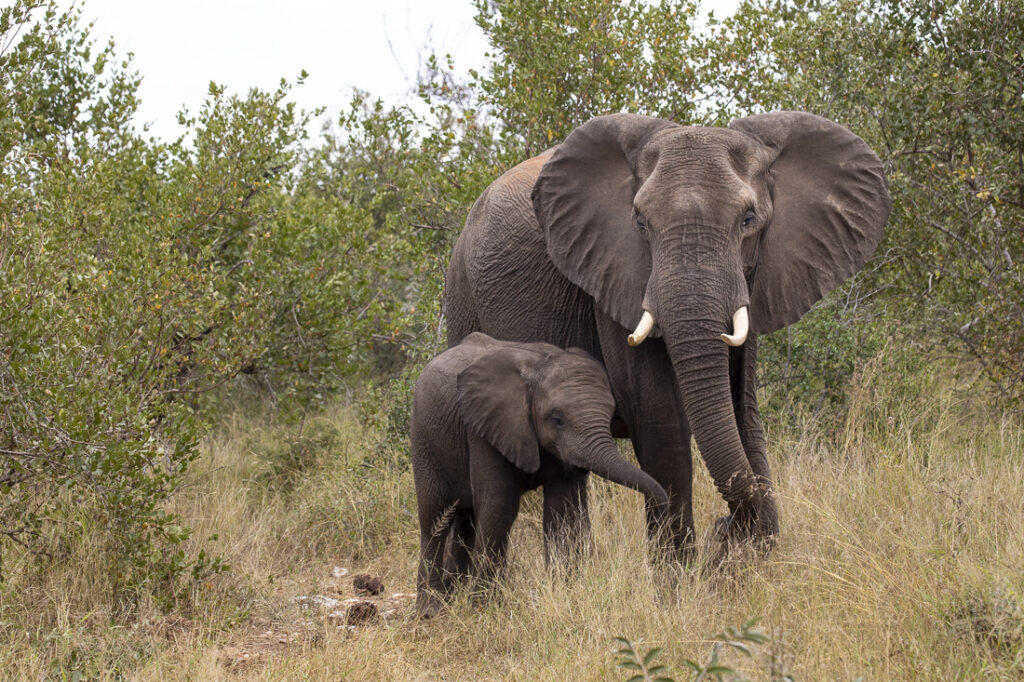
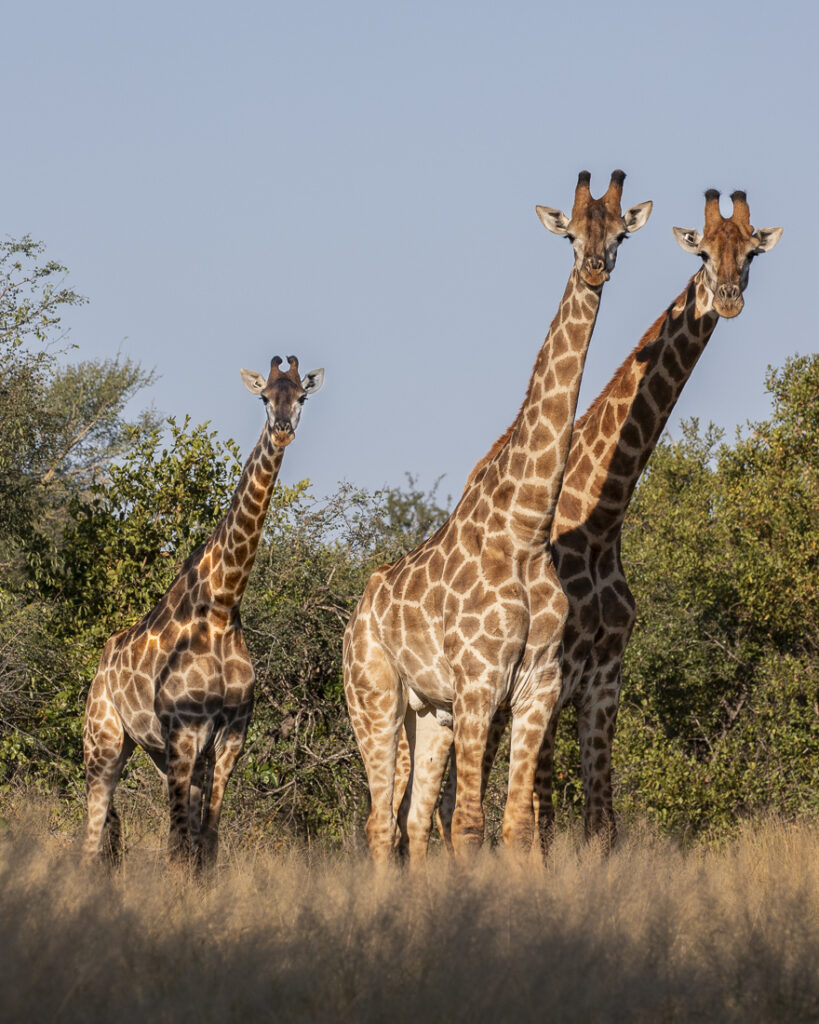
After days of game drives in the morning and afternoon, we have something different planned for our guests: two nights at a house which has its own underground, water-level photography hide. We have exclusive use of the house and the hide is just steps away from the house, deck, and pool. Observation of the wildlife is possible from the house deck, but the view is by far better down inside the hide. We have use of the hide day or night and we come and go as we wish. At least one guest in each group stayed in it all night getting star photos, enjoying the night sounds, and waiting for visits from nocturnal animals.
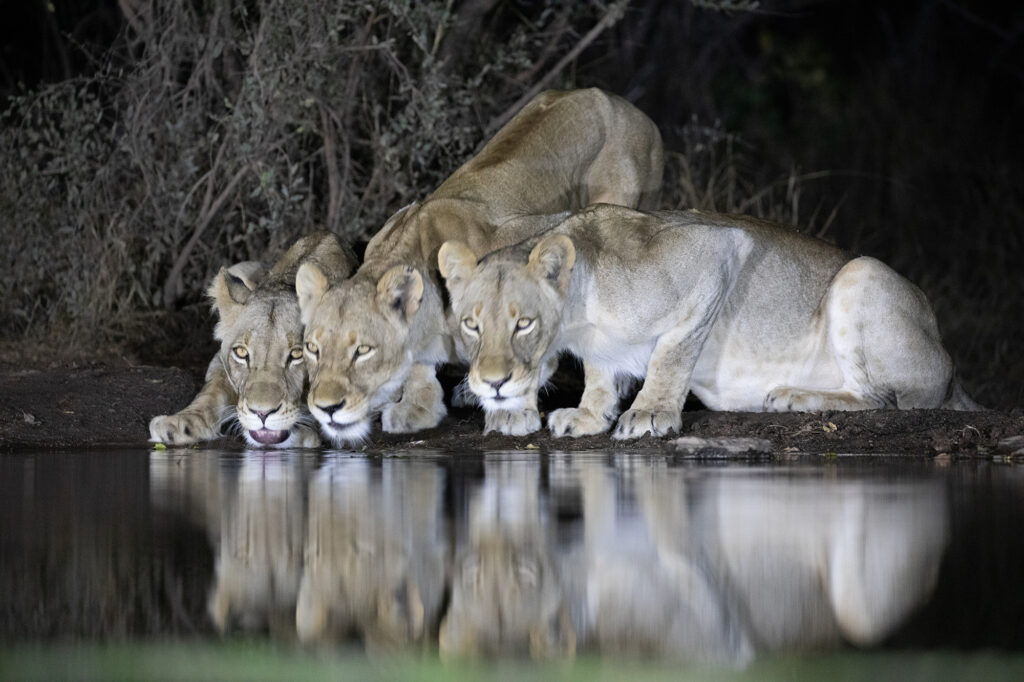
The unpredictability of nature played out the night we went for a quick night drive to see a nearby large pride of lions. They were lounging in a pile and seemed to be settled in for the night except for a splinter group of 4 females and one male who were active. It was apparent that they were heading for the hide so we hurried back and took our positions. Quietly we waited and the 4 females came into the light to get a drink, all lining up in a perfect row of synchronized drinking. By this time it was late and some of the guests retreated to their rooms leaving just 3 in the hide. Not long after we could hear the male lion calling from different locations (trying to find his females?). Suddenly many hyena voices rang out as close as the driveway of our house and a giant fight erupted between the male lion and the hyenas numbering 14 or more. After a spell things became quiet and one of us had a peek out the hide door on the side where we last heard the fight. A loud growl and suddenly the male lion was dashing in front of the open hide windows and sat down to catch its breath. It was hiding from the hyenas who were still set of harassment. We froze and cowered at the back wall until seconds later the lion bolted for the hill with 3 hyenas chasing. We did not know he came back and sat at the corner of the hide because we were quickly closing the windows!
By day the watering hole is popular with several elephant herds who visit daily. Giraffe are also regulars but any animal is possible on this 5 big reserve with open borders to Kruger.
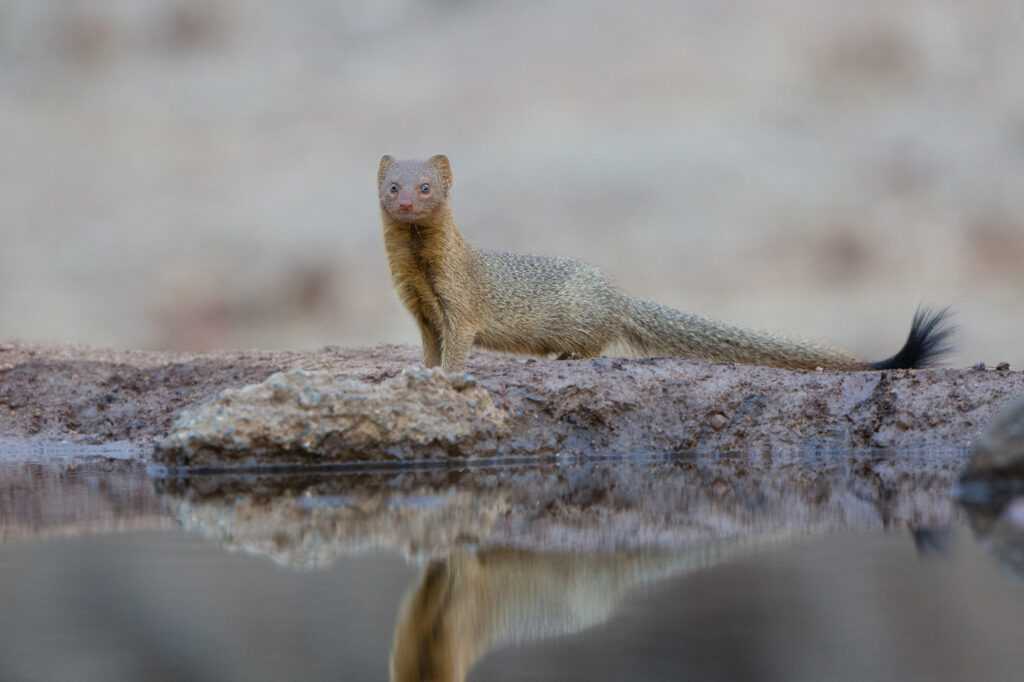
No other place can you be so close to a wild elephant while you sit in a comfortable chair with cameras on beanbags and mounts. You hear them breath and rumble to their babies while playing with the water and drinking. The owner has done a great job designing the hide inside and out and providing an enticing watering hole for the animals. Also on the property is an observation deck to see the hornbill nest and a smaller bird hide feeding station which is designed for birders and those with smaller cameras. I believe this hide is unique in its ability to be exclusive and the freedom of using 24 hours a day with no restrictions.
A most unique encounter in Kruger
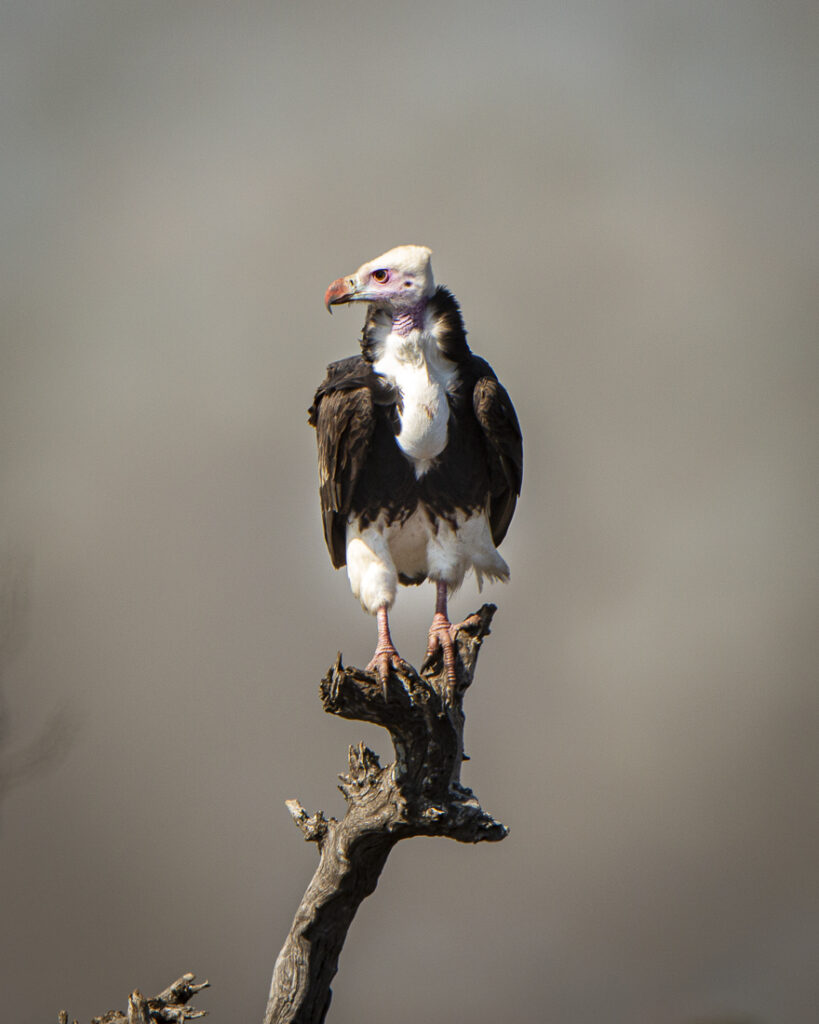
Every trip to Kruger is unique and this time we encountered areas undergoing a prescribed burning of the thick seasonal grass. Everyone thought it would be a dead zone to cross but we were very wrong! First we spotted Kori Bustards – large predatory birds – hunting and then the rare ground hornbills. One of the hornbills found a charred rabbit and started to eat. Almost immediately out of nowhere came a tawny eagle, then another, and two more. The ground hornbills were a bit intimidated by the eagles and backed off the carcass but stood nearby. Soon the skies filled with 4 white headed vultures (very rare in Kruger). They must outrank all other birds because they took over the carcass. Among the vultures were their juvenile– unheard of! As we watched raptors go from dead tree branches to circling the carcass, the power struggle kept on. The ground hornbills made some attempts to fight for the carcass, but the tawny eagles gave up and left. This was a fascinating drama playing out in front of us with 3 different rare birds of prey and multiples of each species and juveniles in tow. Soon this seemingly dead burnt area will be patrolled by jackals and the zebra will move in for the fresh sprouts growing in the refreshed soil.
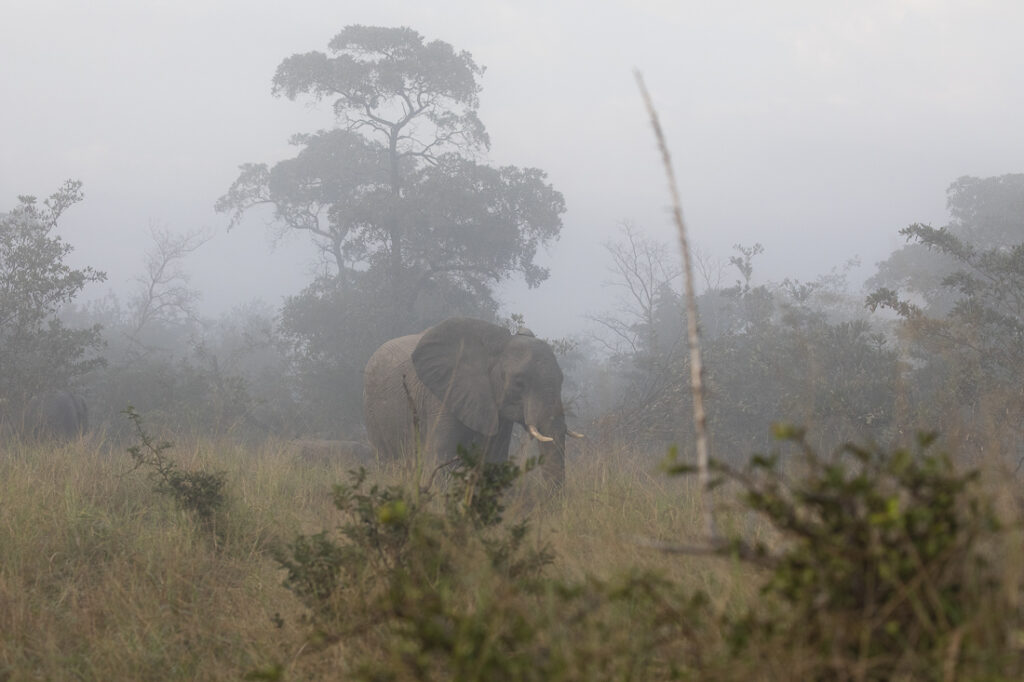
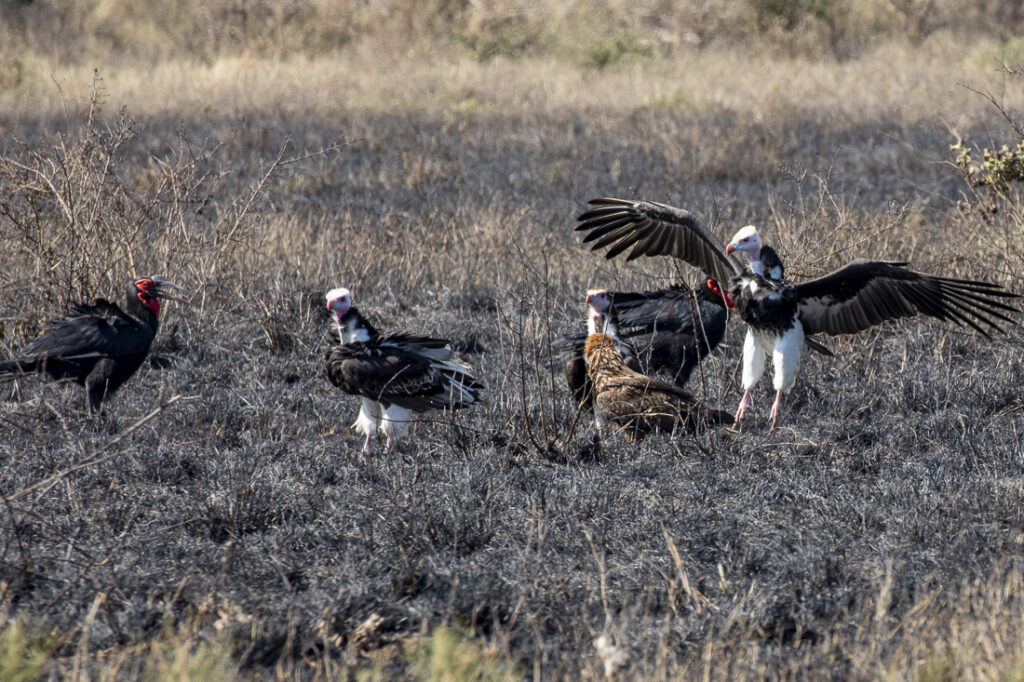
Already wanting to return
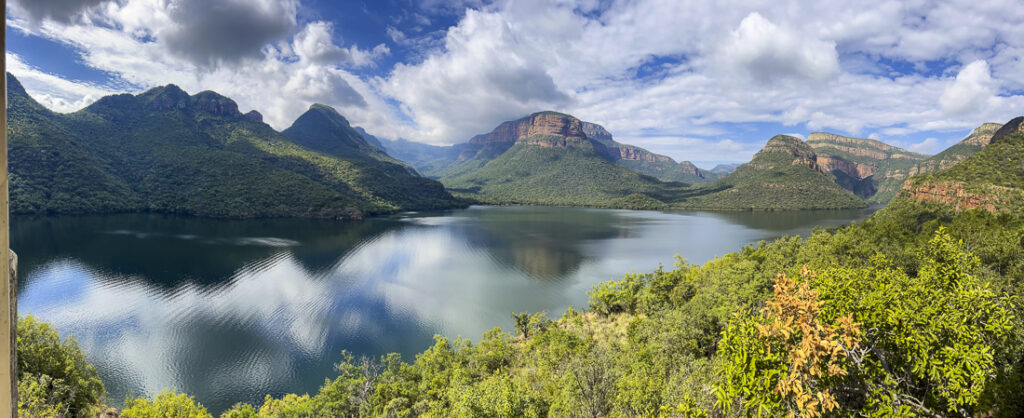
Our safaris take guests to three different lodges and territories all in the Greater Kruger Region of South Africa. Our first lodge has tree house chalets with wildlife wandering freely below and a spectacular view of the mountains at sunset. This lodge is special to me because I own and built it myself. The lodge at Sabi Reserve is proud of their chef and the meals served under the stars. The rooms are closer together to keep guest safe in this predator filled reserve. Our last lodge has knowledgeable host full of stories ready to meet our needs and no schedule (unless we want to make one) and guests have several options for photography locations or space to relax. It gives us a feeling of intimacy with the wildlife. This is a great time to sort images and learn techniques for other guests and your hosts waiting for the next visit to the watering hole. Patience is rewarded with great photo and video moments.
I will be offering less safari dates than usual in 2024. Visit my website for dates or contact, especially if you are a group of 4 or more – it might not be too late to make special dates for you.
